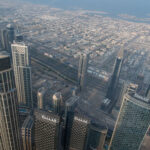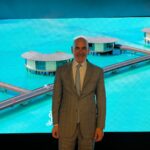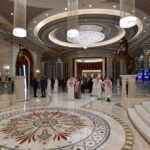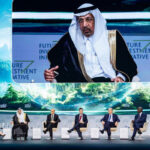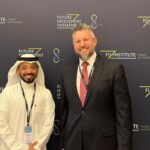Red Sea Global brings luxury eco-tourism to Saudi Arabia’s beaches
In an interview with the Circuit, investment chief Gregory Djerejian says the company's vision is to offer 'barefoot luxury in a regenerative tourism style'
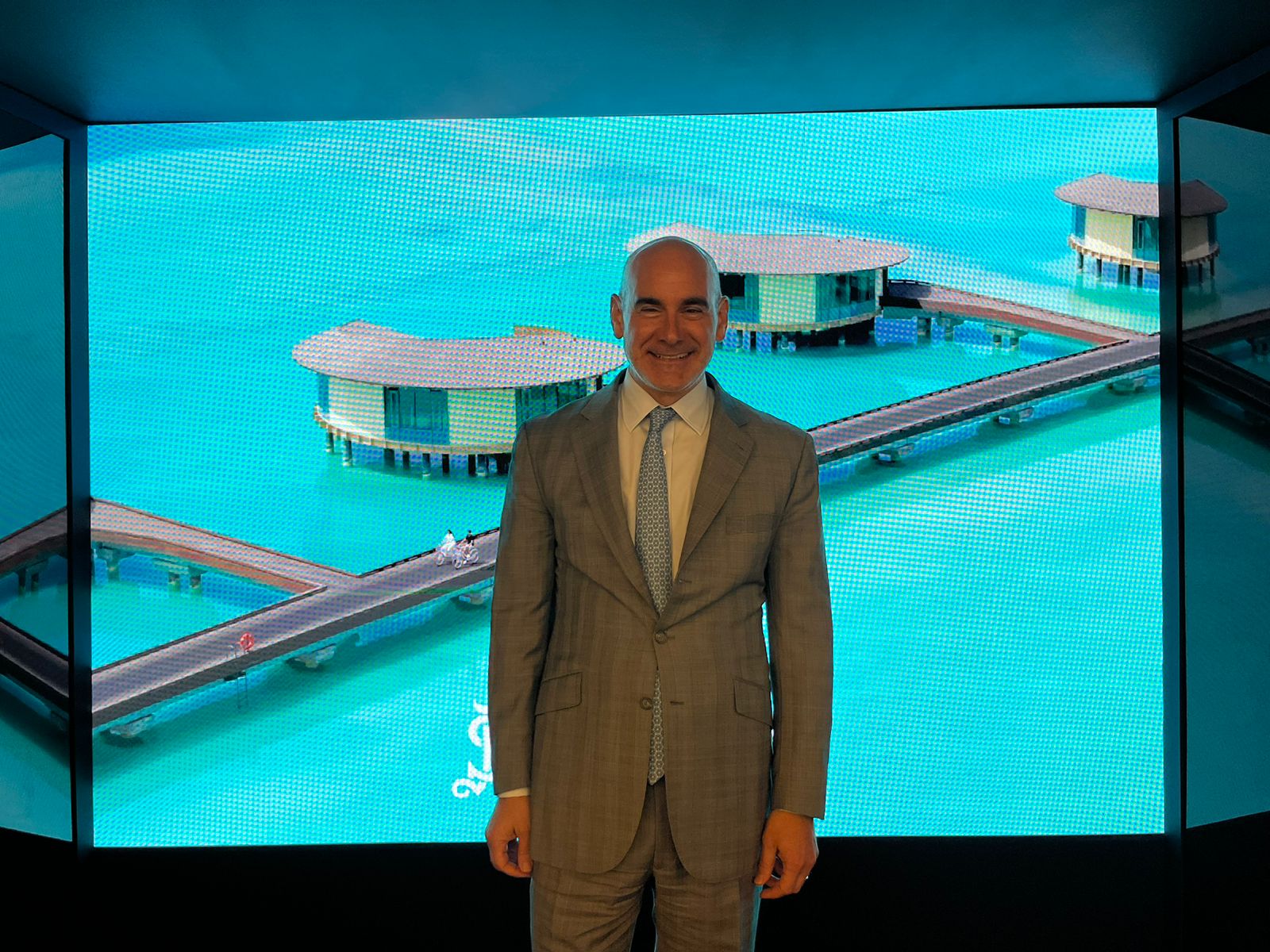
Gregory Djerejian, Red Sea Global Chief Legal Officer and Head of Investments, at FII conference in Riyadh
Red Sea Global is the linchpin in Saudi Arabia’s effort to turn the beaches on its western coast into a playground of luxury tourism and a beacon of sustainability.
Wholly owned by the kingdom’s Public Investment Fund, the company has opened resorts in 2024 under the St. Regis, Ritz-Carlton, Six Senses and Shebara brands. Over the next year, it plans to launch 17 new hotels in the new AMAALA development and elsewhere along the coral-laden shores of the Red Sea.
Under the PIF sovereign wealth fund’s umbrella, Red Sea Global works separately from Saudi Arabia’s $1 trillion-plus Neom mega-project, which staged a star-studded debut for its Sindalah Island resort last week. The lavish party brought out actor Will Smith, Grammy Award singer Alicia Keys, tennis champ Rafael Nadal and former NFL quarterback Tom Brady.
In an interview with The Circuit on Thursday at the Future Investment Initiative conference in Riyadh, Gregory Djerejian, Red Sea Global’s Chief Legal Officer and Head of Investments, said Saudi Arabia wants to dazzle travelers with a mix of high-end leisure activities tempered by a commitment to environmental sustainability.
What are Red Sea Global’s plans for transforming tourism in Saudi Arabia?
The vision for Red Sea is to offer barefoot luxury in a regenerative tourism style, where visitors experience nature in a pristine way, introducing them to the beauty of the Red Sea. This appeals to tourists who may not have associated Saudi Arabia with luxury or environmentally friendly tourism before. AMAALA is slightly different; it has a varied topography with dramatic cliffs and three natural bays, so it will offer a different vibe with a wellness focus. We’ll have a wellness hub there featuring brands like Clinique La Prairie, Jayasom, and others. So, while the Red Sea focuses on luxury tourism, Amaala will be more wellness-centered. That’s the big picture of how the next two to three years will play out.
What is the potential market for all of this?
I have been here for two and a half years, and it’s staggering to see the 1,700 kilometers (1,050 miles) of untouched coastline on the Saudi side. The vision of our chairman, His Royal Highness Crown Prince [Mohammed bin Salman], is to develop this coastline in a very environmentally-sensitive and selective way. This tourism offering is compelling as it repositions and introduces Saudi Arabia as a new tourism destination, beyond Hajj tourism and business travel.
Who do you expect to be your clientele?
We expect a lot of curiosity seekers from Saudi Arabia and the GCC, followed by European holidaymakers. The exceptional product we’ve created is also just a four-to-five-hour flight from cities like London with minimal time difference. Additionally, the China and India markets are huge, and our world-class offering will likely attract curiosity seekers from North and South America.
How will you contribute to improving the Saudi economy?
The vision of His Royal Highness is to diversify the economy beyond hydrocarbons. As tourism contributes around 10% to global GDP in many countries, it has huge potential in Saudi Arabia to build on existing Hajj and business tourism. This new tourism offering will also have multiplier effects by creating many direct, indirect, and imputed jobs… especially for younger Saudis who may not have had the chance to attend college. The leisure tourism and hospitality industry can provide opportunities for those without a college education.
What are the opportunities for investors interested in partnering with you?
We offer many investment opportunities. We’ve done two joint ventures: one with Kingdom Holding, part of Prince Alwaleed’s group, for our Four Seasons hotel on Shore Island, opening at the end of next year, and another with the Mutlaq Group for the Jumeirah Hotel. Beyond hotel partnerships, there are other opportunities in infrastructure and ecosystem investments. For example, we’ll soon be offering staff accommodation and construction village investments. Logistics, warehousing, and residential offerings also present options.
Yesterday, we held a signing ceremony for the financial close of our multi-utility concessions for AMAALA… providing a 100% off-grid, 100% renewable energy solution. With 750,000 solar panels in use, we’ll have one of the world’s largest battery storage facilities. Investing with us also means investing in green energy.
What are the environmental implications of all this construction?
While I’m not a scientist, we conducted an extensive marine study that served as a baseline, allowing us to understand the ecosystem we’re working in. Our CEO likes to say we’re moving beyond sustainability – not just leaving the place as we found it but aiming to improve it over time.

